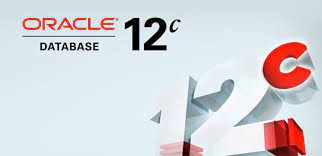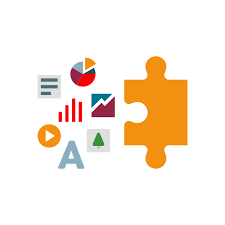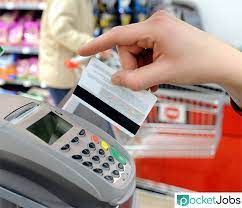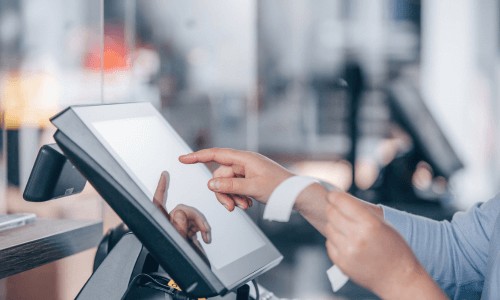21
Sep
ODI (Oracle Data Integrator) 12c is a comprehensive data integration platform provided by Oracle. It offers a wide range of features and components that enable organizations to efficiently integrate, transform, and manage data across various systems and platforms. Here is an overview of the ODI architecture and its key components: ODI Studio:ODI Studio is the graphical user interface (GUI) tool used for developing and managing data integration solutions. It provides a centralized development environment where developers can design mappings, interfaces, packages, and other ODI objects. ODI Studio allows users to visually design data integration workflows and transformations using a drag-and-drop…









